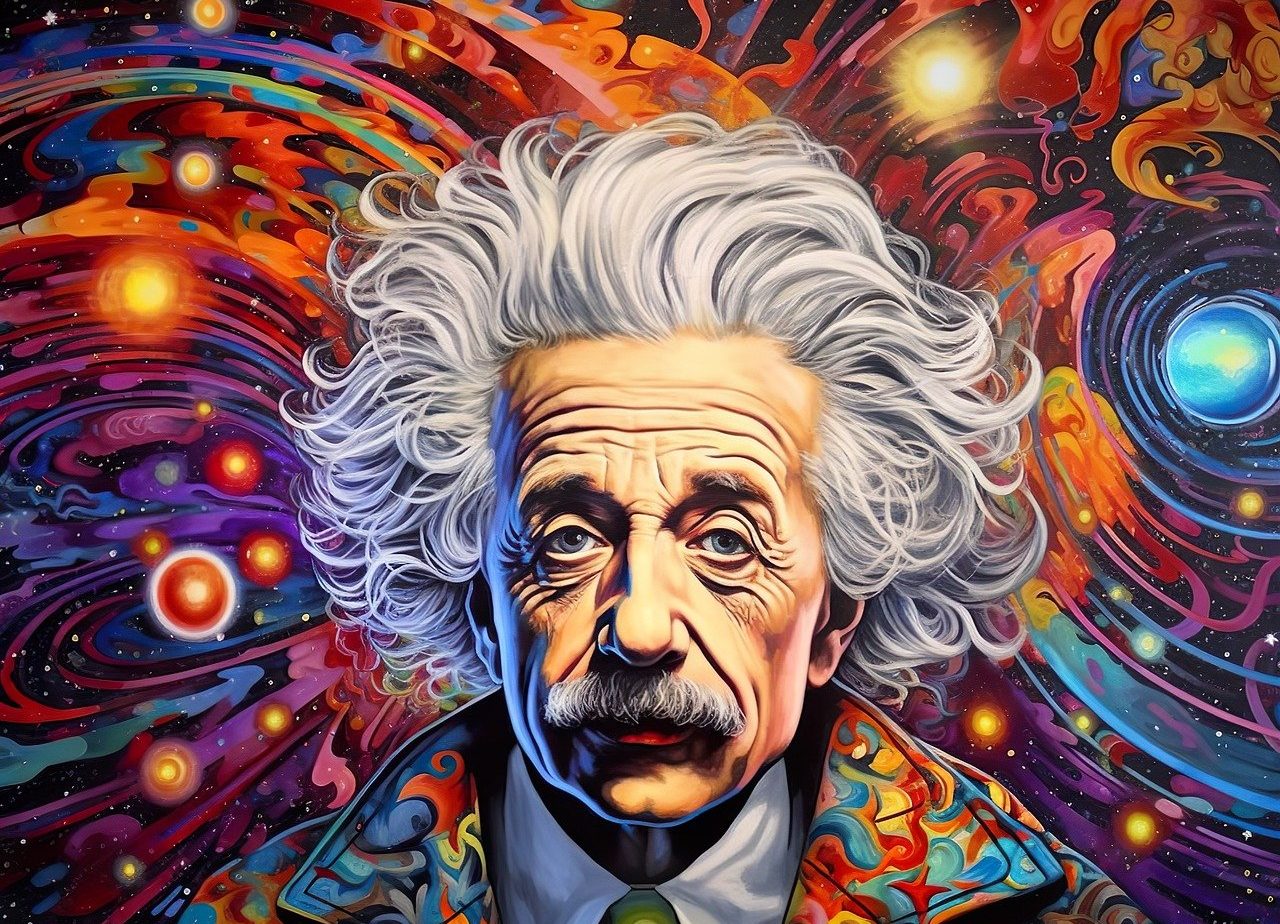
For an object in motion, time progresses more slowly than for one at rest.
Time dilation is a phenomenon predicted by Einstein's theory of relativity, in which time passes more slowly for an object in motion relative to an observer at rest. This occurs because, at speeds close to the speed of light, time stretches or dilates , which implies that two observers can measure different time intervals for the same event. This effect is especially relevant in particle physics and cosmology.
Examples of time dilation
Clocks on GPS satellites
One of the most practical examples of time dilation is found in the GPS system (Global Positioning System) . GPS satellites carry atomic clocks, which are extremely precise. Due to the speed at which they move and the difference in gravitational field with respect to Earth, their atomic clocks experience time dilation. To ensure accuracy in geolocation , synchronization of atomic clocks is necessary; If they did not adjust for the effects of time dilation (due to special and general relativity), errors in the positions calculated by GPS devices would accumulate quickly, making them inaccurate.
Muons in the Earth's atmosphere
Muons, subatomic particles created in the upper atmosphere by cosmic rays, provide another example of time dilation. They have a very short half-life (about 2.2 microseconds) and, according to classical calculations, they should not reach the Earth's surface. However, because they are approaching the speed of light , they experience time dilation. From the point of view of an observer on Earth, time for the muons passes more slowly, allowing them to travel the distance to the surface.
Space travel at near-light speeds
If an astronaut were to travel in a spacecraft at near the speed of light for an extended time and then return to Earth, they would experience a phenomenon known as the twin paradox . The astronaut would have aged less than his twin who remained on Earth. This is a direct consequence of time dilation at high speeds.
Particle accelerators
In particle accelerators, such as the Large Hadron Collider (LHC), subatomic particles are accelerated to speeds close to the speed of light. Under these conditions, the particles' clocks (if we could measure them) would experience significant time dilation, meaning that their half-life would increase significantly from the point of view of external observers.

GPS atomic clocks are extremely precise.
Checking time dilation
The time dilation predicted by Albert Einstein's general relativity was verified experimentally in various ways, one of the most notable examples being the Hafele-Keating experiment in 1971. In this, atomic clocks were placed on airplanes that flew around the world in opposite directions and compared with atomic clocks on Earth. The results confirmed that the time elapsed in the former differed from that elapsed in the latter, validating the prediction that time passes more slowly in moving objects or under the influence of gravity.
This experiment provided direct evidence for time dilation due to both velocity ( special relativity ) and gravitational effects ( general relativity ). Clocks aboard airplanes moving counterclockwise to the Earth's rotation experienced a slight delay compared to those on the surface, while those carried in the direction of the Earth's rotation advanced more quickly.
The relativistic Doppler effect also plays an important role in these experiments, as it describes how the frequency of light (or atomic clocks) changes due to the relative motion between the source and the observer, contributing to the variations observed in the measurement of the time.
The combination of these experiments and effects demonstrates the deep connection between space, time and gravity , concepts unified by Einstein's field equations in his theory of general relativity. This marked a revolution in our understanding of the universe, showing that time is not absolute, but depends on the state of motion and the gravitational field in which the observer is located.

The phenomenon of time dilation was predicted by Albert Einstein's theory of general relativity.
Relationship to quantum gravity and superposition
In the context of quantum mechanics and quantum gravity, time dilation takes on new dimensions that challenge our classical understandings of space and time. The theory of general relativity describes how the latter dilates in the presence of strong gravitational fields, but when we try to unify it with quantum field theory and quantum gravity, even more complex phenomena emerge.
One of the proposals in this field is Loop Quantum Gravity , which suggests that the curvature of space-time is not continuous, but is composed of discrete units, known as quantum foam. In this context, time can dilate differently on the smallest scales, where quantum effects dominate. This model proposes that the very fabric of space-time is subject to fluctuations, which could influence the way time dilates at the quantum level.
Quantum superposition is another crucial concept in understanding time dilation. According to quantum mechanics, particles can exist in multiple states simultaneously, raising questions about how time behaves in a system that is in superposition of states. In the case of quantum teleportation and quantum nonlocality , connections between entangled particles appear to challenge the classical notion of time, since interactions between these particles can occur instantaneously, regardless of distance.
In the field of quantum computing and quantum cryptography , theoretical advances could also take advantage of relativistic effects, such as time dilation, to increase the security or efficiency of algorithms. By combining concepts such as quantum superposition with the implications of time dilation in accelerated systems or strong gravitational fields, we could discover new applications in quantum computing that we are only beginning to glimpse today.
The quantum measurement problem , a fundamental dilemma in the interpretation of quantum mechanics, also comes into play when considering time dilation. How do you measure time in a quantum system that can be in multiple states simultaneously? These questions suggest that integrating time dilation with quantum theories is a key challenge for future research in quantum gravity and quantum electrodynamics.
